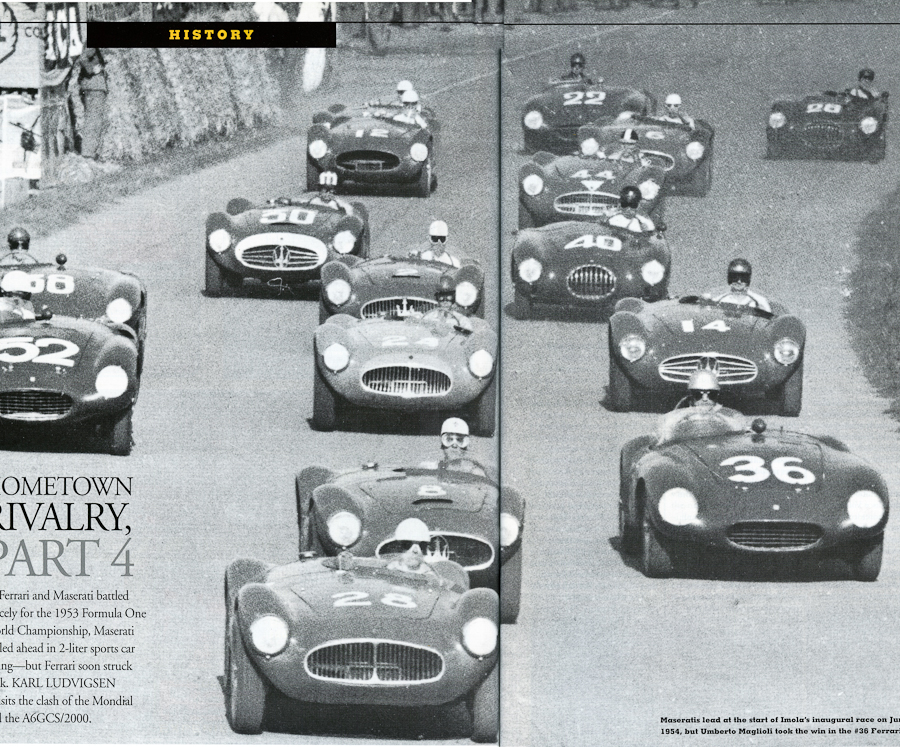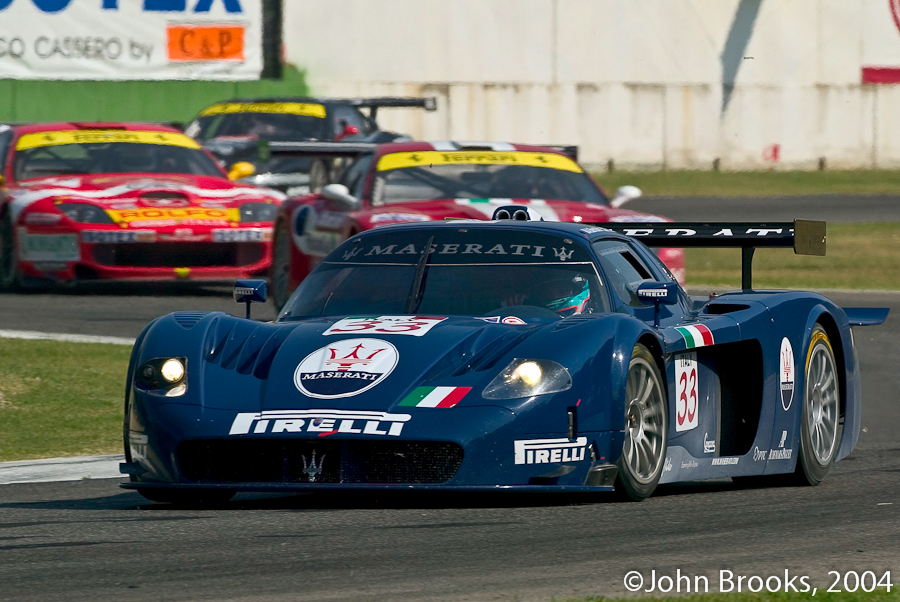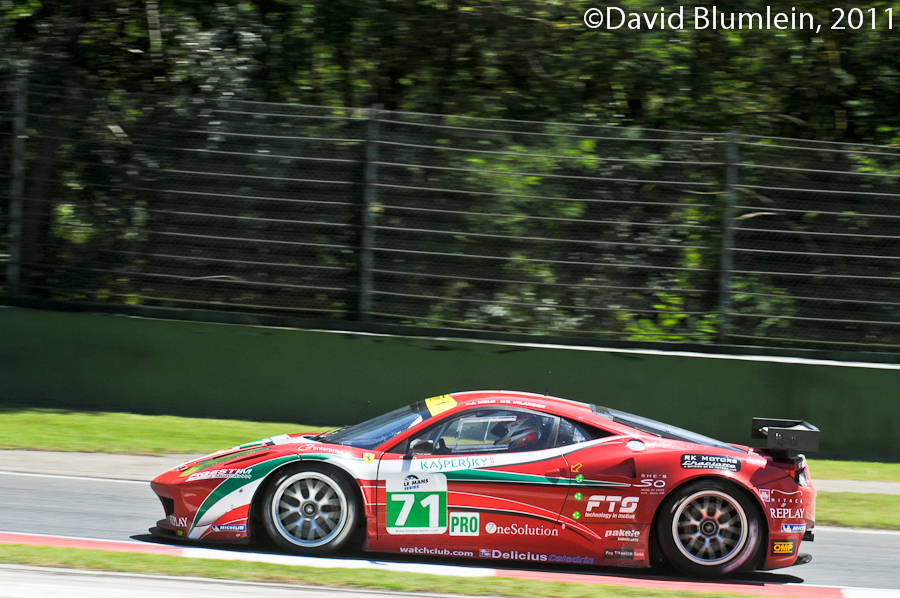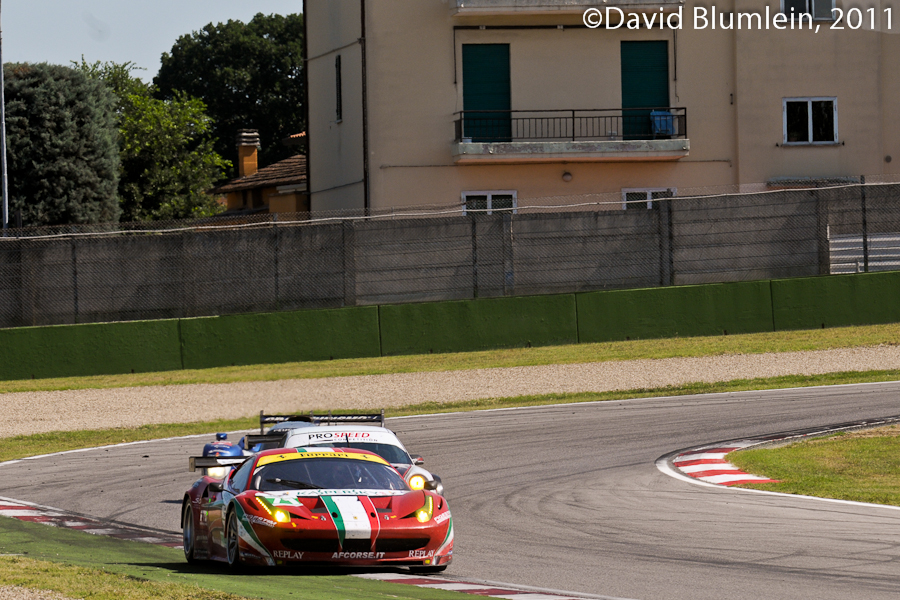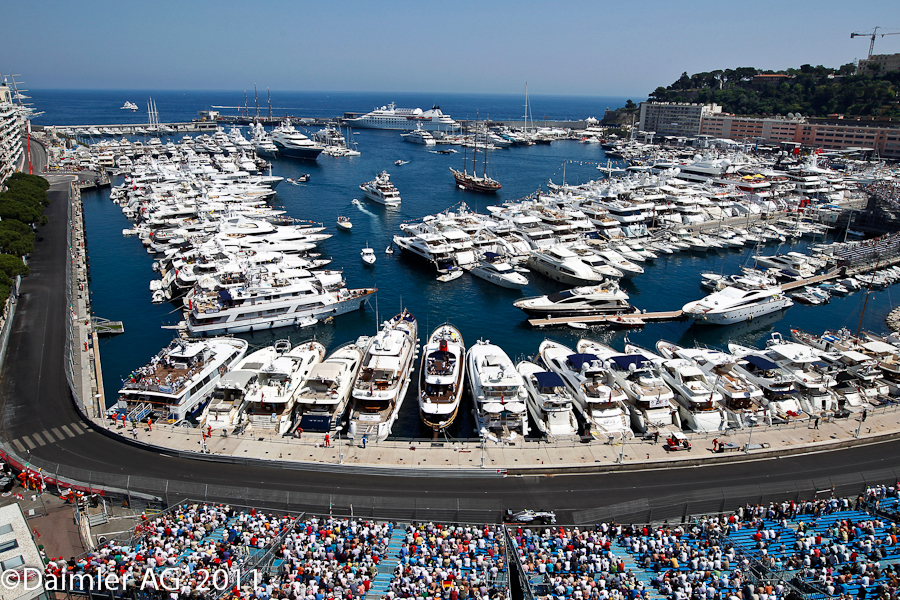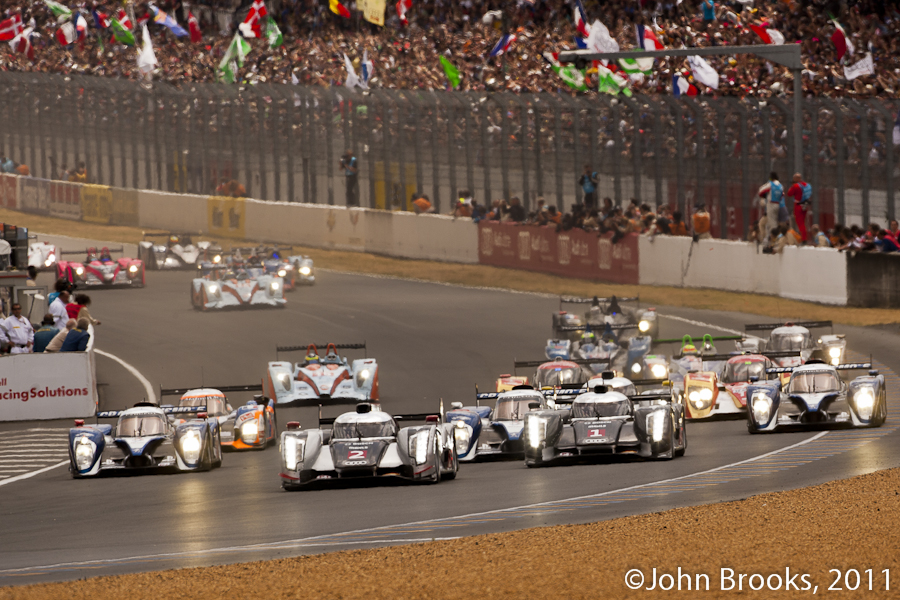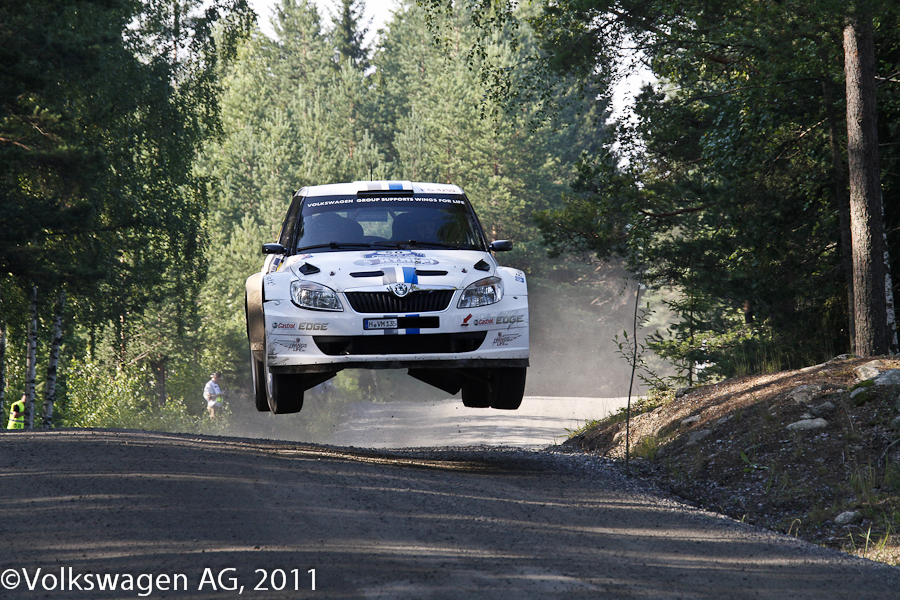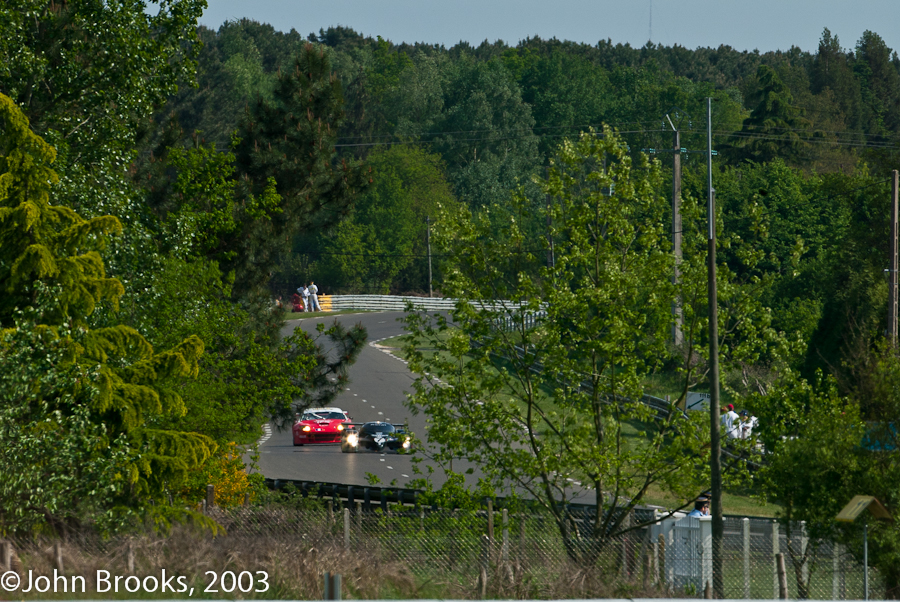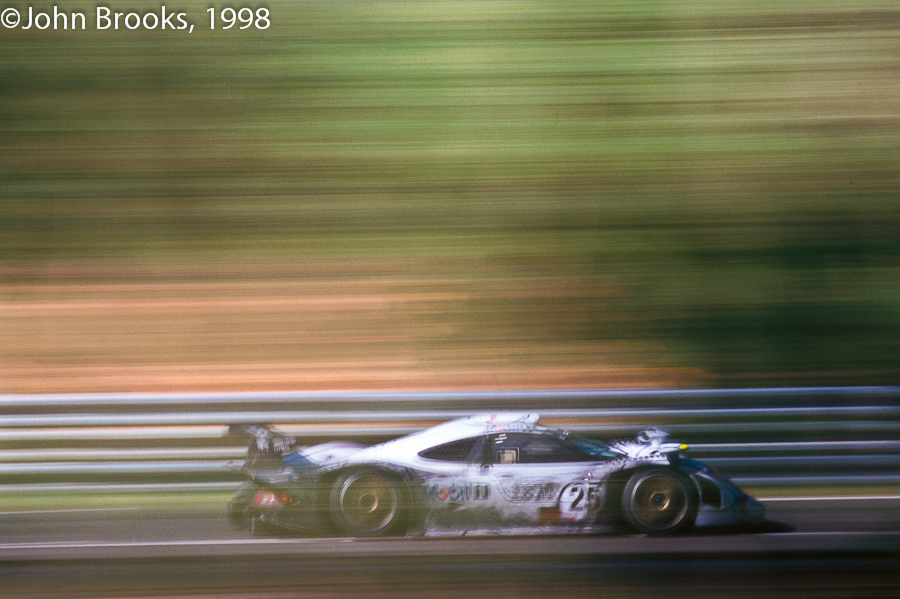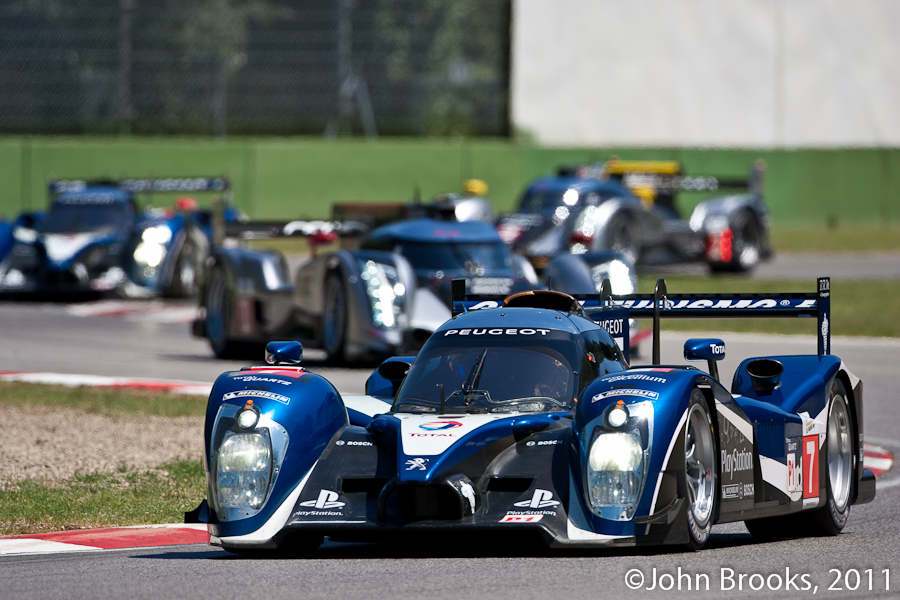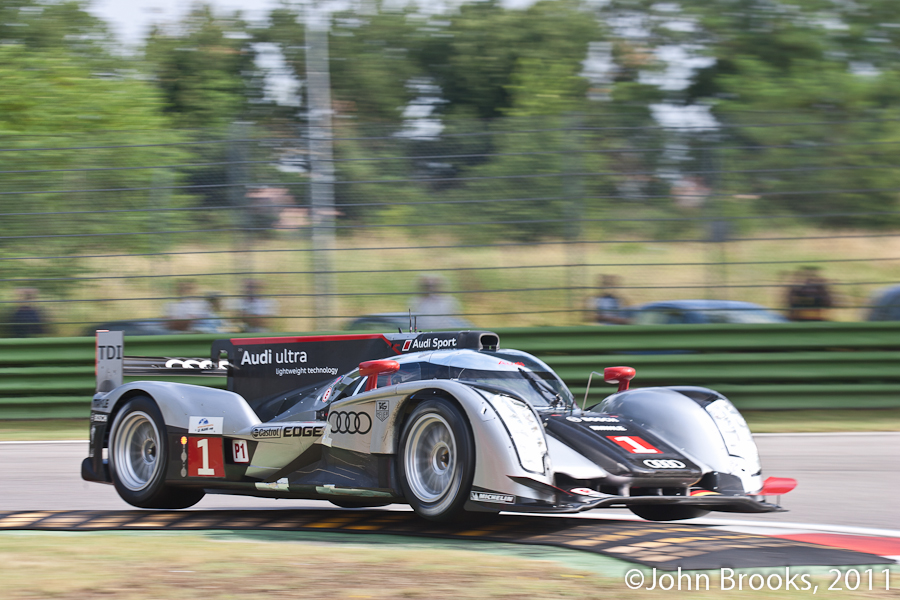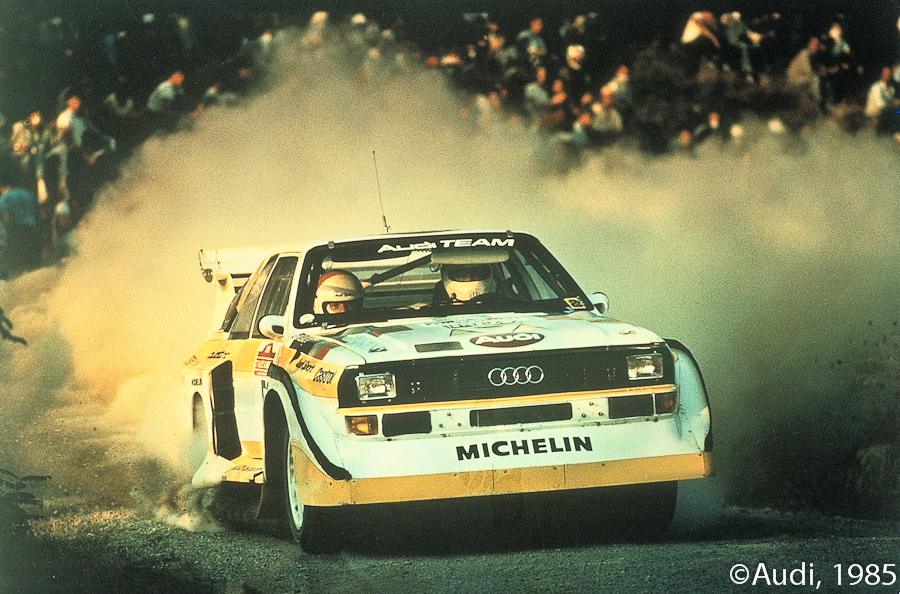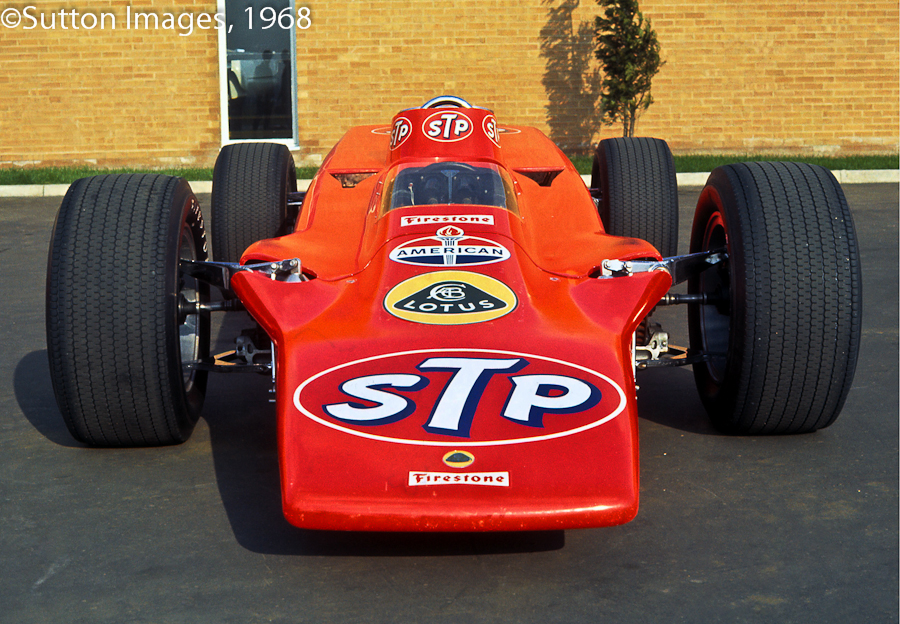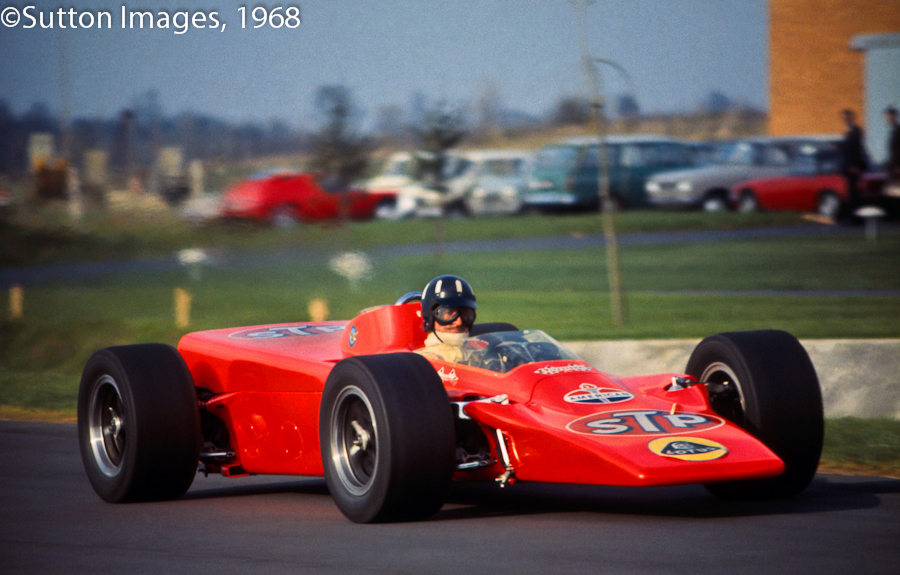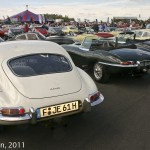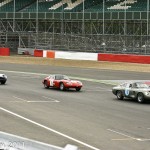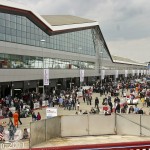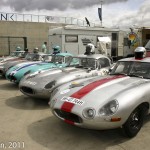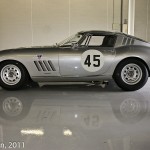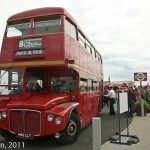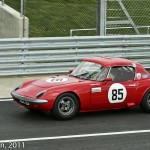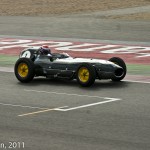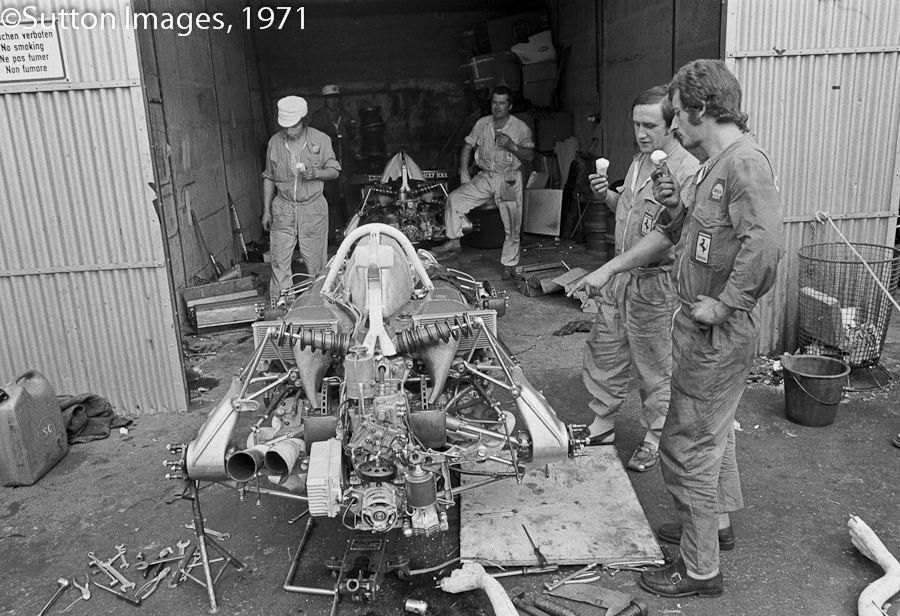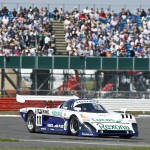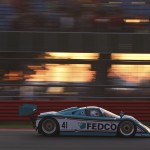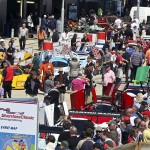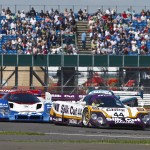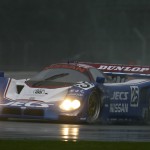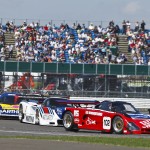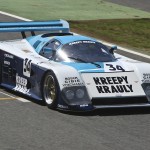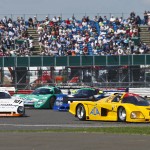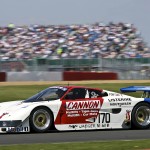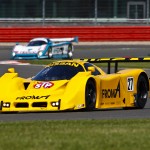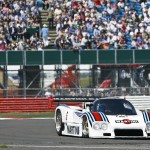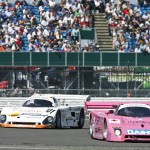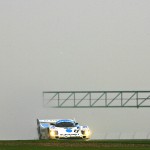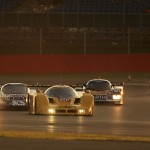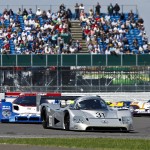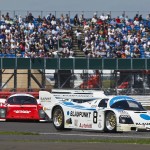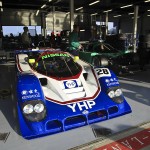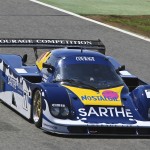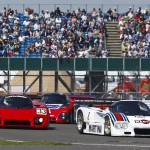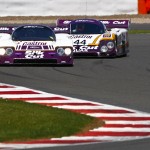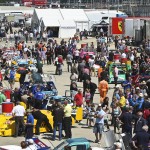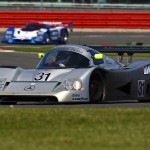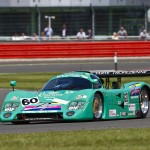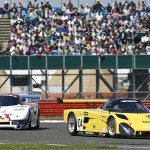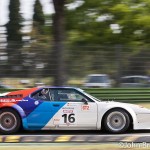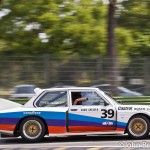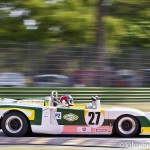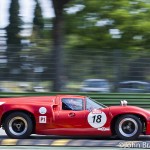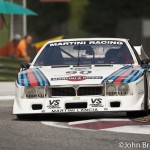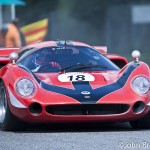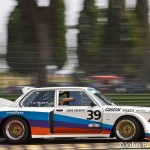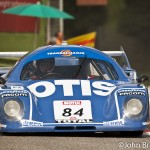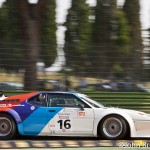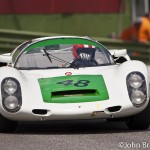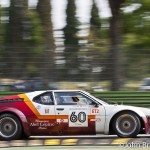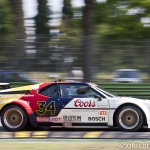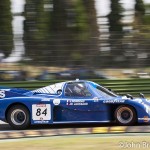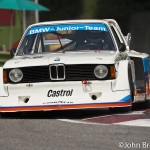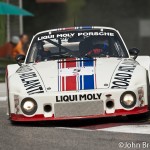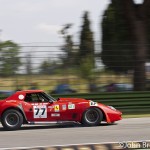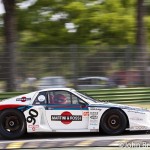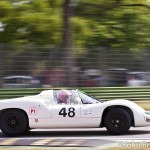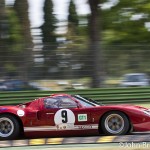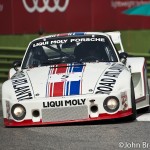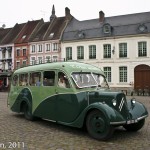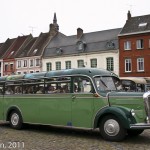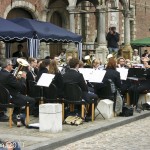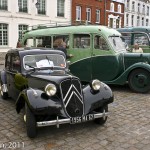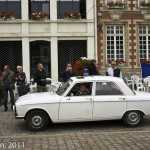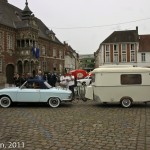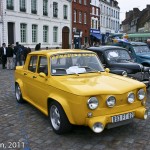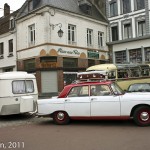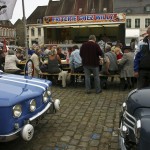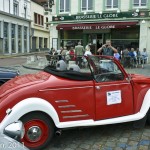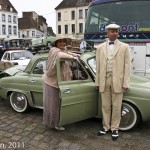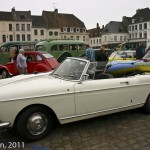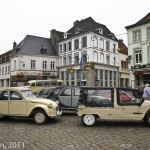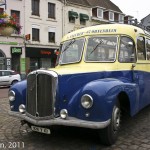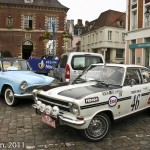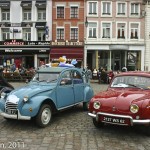The Imola circuit, the Autodromo Enzo e Dino Ferrari, is best known for the Formula 1 races that have been held in the past, particularly the San Marino Grands Prix, world championship events named after the local republic which gave Italy the chance to have two grands prix each season on her soil. But Imola is not a stranger to sports car races, the very first four-wheeled race held there being for cars with two seats.
In fact the first three Imola Grands Prix were for sports cars. It was in June 1954 that Imola hosted a race for two-litre sports racers. This was at the time when there was intense rivalry between Maserati and Ferrari, be it in the world of Formula 1 or even in the 2000 c.c. sports category. In the latter Maserati had been gaining the upper hand with its attractive A6GCS 2000, having already succeeded in the Giro di Sicilia, the 6-Hours of Bari, at Naples and in the Targa Florio. But Ferrari had hit back in the all-important Mille Miglia when one of its new Mondial models came second overall in the hands of Vittorio, the oldest of the racing Marzotto brothers, beaten only by Ascari’s D24 Lancia. The Mondial was Ferrari’s contender for the hotly contested two-litre class and was based on the Type 500 Formula 2 double championship winning Grand Prix four-cylinder car of 1952/53.
The Ferrari factory sent two Mondials to Imola for that first car race, both having Scaglietti bodies based on some ideas of Dino Ferrari with unusually small front grilles. That competent and versatile Italian Umberto Maglioli drove one to victory and Robert Manzon took fastest lap in the other before retiring; Luigi Musso could only manage third for Maserati that day.
Cesare Perdisa took revenge for Maserati in the following year while in 1956 the chief race at Imola was for sports cars up to 1500 c.c. This resulted in a win for Eugenio Castellotti in an OSCA despite strong competition from three Team Lotus Elevens.
We jump ahead some sixteen years and find the beautiful Ferrari 312P sports racer winning a non-championship race at Imola – Merzario obliged with team-mate Ickx in second place.
By 1974 Ferrari had abandoned sports car racing officially to devote all its racing energies to the world of Formula One and Maserati, suffering changes of ownership, had long since ceased to be a force in sports car racing. Into this breach stepped temporarily the V12 Matras and for the first time we find the French blue displacing Italian red with the Matra MS670C winning in the hands of Pescarolo and Larrousse.
Imola went on to hold further World Sports Car rounds and Italian honour was upheld with Brambilla’s win in 1977 with the Alfa Romeo T33SC/12 and Fabi and Heyer’s success in the Lancia LC2/83 six years later. But we had to wait until 2004 before the old protagonists set to again on this circuit.
The context was the FIA GT Championship and it was at Imola that Maserati gave its new MC12 its racing début. Although the new cars from Modena were not yet eligible for points, they nevertheless finished on the road in second and third positions leading home three Ferrari 550 Maranellos – it was quite like former times! Yet to be fair to Ferrari their cars scooped enough points (technically 2nd, 3rd and 4th) to give the BMS Scuderia Italia squad the GT Teams title.
And so to 2011 and the Bleu France invades again, Peugeot fending off Audi. No more of the big Maseratis but the red of Maranello is happily at Imola once more in the GT section and the pace-setting 458 Italia winning the Pro GT category. And there were works blessed Lotuses there again.
David Blumlein, August 2011

